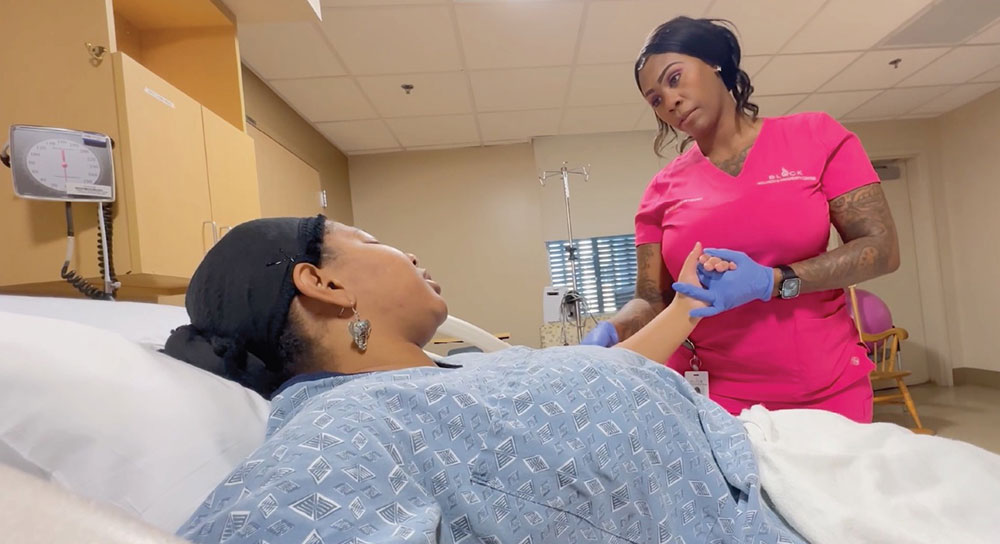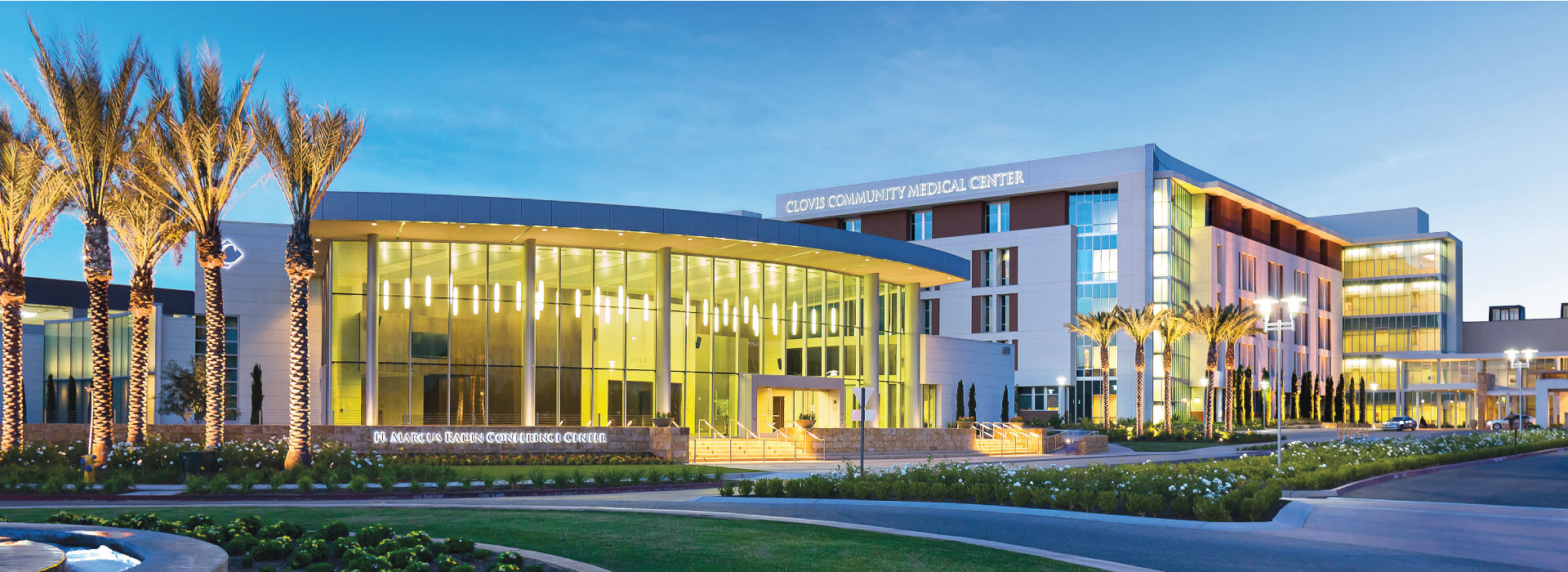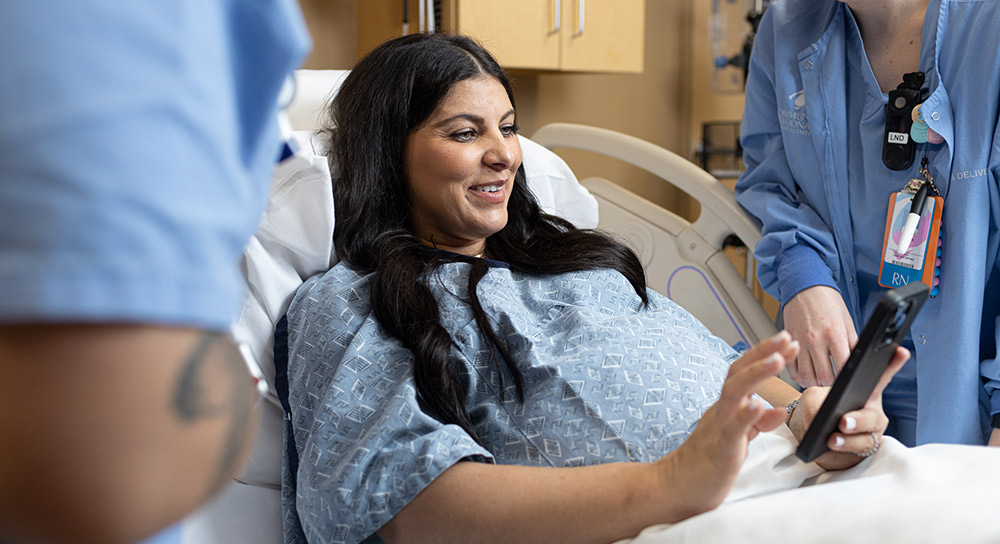 Dr. Uma Rao jokes that not too long ago if you asked a hospital visitor about her specialty they would say a “hospitalist” was the person in charge of hospitality and greeting visitors. But with nearly 20 hospitalists on duty daily at Community Medical Centers’ three hospitals, more and more people know she’s the physician who coordinates care.
Dr. Uma Rao jokes that not too long ago if you asked a hospital visitor about her specialty they would say a “hospitalist” was the person in charge of hospitality and greeting visitors. But with nearly 20 hospitalists on duty daily at Community Medical Centers’ three hospitals, more and more people know she’s the physician who coordinates care.
She handles patient care — from admission to discharge — inside the hospital so that primary care physicians can focus on treating their patients outside the hospital. “I always tell people I’m an inpatient physician rather that a hospitalist,” Dr. Rao says.
She’s one of about 50 doctors in the Community Hospitalist Medical Group and in one of the fastest growing specialties in internal medicine. The specialty started in the mid-1990s as a way to help primary care physicians manage their time between busy medical offices and treating hospitalized patients. And having experts in-house helps expedite care for hospital patients.
“We’re here for daily rounds, to follow up immediately on lab work and X-rays or to handle an emergency situation or acute change in a patient. That’s the beauty of hospitalists,” explains Dr. Nichole Wiley, a Community hospitalist. “We’re the doctor that’s always available to coordinate care or order necessary tests and lab work. It benefits the patient with shorter hospital stays and lower medical care costs.”
And since hospitalists’ “office” is the hospital they become very familiar with hospital staff, policies and activities and often support enhancements of the hospital environment and procedures. The Community Hospitalists Medical Group recently gave a substantial gift towards the expansion of the Clovis Community Medical Center, a project that will double the hospital’s capacity and create all private patient rooms.
Studies have shown that where hospitalists have been in place for many years, it takes fewer doctors to manage patients and there’s more uniformity in medical care, especially on the timing of medication, lab tests and when to start an IV. Also patients and their families report higher satisfaction with their hospital experience on surveys of hospitals with a well-established group of hospitalists.
“Before hospitalists if there was a sudden change nurses would have to call the primary care physician and they would give orders over the phone based on what nurses would tell them about a patient’s medical condition,” says Dr. Wiley. “There’s no substitute for being on site with the patient.”
 Dr. Rao agrees, “I think patients and their families feel a sense of comfort when you’re right there and you see them every day.”
Dr. Rao agrees, “I think patients and their families feel a sense of comfort when you’re right there and you see them every day.”
Dr. Nichole Wiley, a hospitalist, sees patient Mike Fagoni at least once a day on her rounds at Community Regional.
Mike Fajoni, 61, who spent more than a week at Community Regional Medical Center recovering from pneumonia and starting cancer treatments, certainly likes the attention he gets from daily visits with Dr. Wiley. “This is pretty hands on,” he says. “That’s an excellent thing. I can’t get away with anything when she’s around. She’s like mamma. I’ve been in other hospitals and it wasn’t like this. I see Dr. Wiley at least once a day. She answers all my questions.”
Dr. Wiley loves the immediacy and challenge of hospital medicine, of being able to become an expert on complex cases.
 Dr. Rao, who tried private practice for six years before becoming an in-hospital-only physician, said that was the draw for her too. “There’s an excitement to being able to turn a patient’s health around immediately,” she said. “You can fix the problem and there’s that satisfaction. And once the shift is done you also have a sense of peace leaving the hospital, knowing that your colleague is taking over for the next 12 hours. In outpatient medicine you are it for the patient 24/7 and you worry when patients leave an office visit if they’re going to get worse.”
Dr. Rao, who tried private practice for six years before becoming an in-hospital-only physician, said that was the draw for her too. “There’s an excitement to being able to turn a patient’s health around immediately,” she said. “You can fix the problem and there’s that satisfaction. And once the shift is done you also have a sense of peace leaving the hospital, knowing that your colleague is taking over for the next 12 hours. In outpatient medicine you are it for the patient 24/7 and you worry when patients leave an office visit if they’re going to get worse.”
Erin Kennedy reported this story. She can be reached at ekennedy@communitymedical.org.


 Dr. Uma Rao jokes that not too long ago if you asked a hospital visitor about her specialty they would say a “hospitalist” was the person in charge of hospitality and greeting visitors. But with nearly 20 hospitalists on duty daily at Community Medical Centers’ three hospitals, more and more people know she’s the physician who coordinates care.
Dr. Uma Rao jokes that not too long ago if you asked a hospital visitor about her specialty they would say a “hospitalist” was the person in charge of hospitality and greeting visitors. But with nearly 20 hospitalists on duty daily at Community Medical Centers’ three hospitals, more and more people know she’s the physician who coordinates care.


